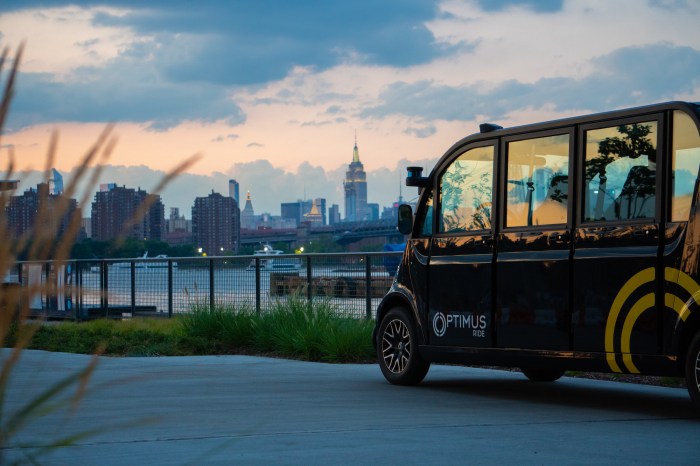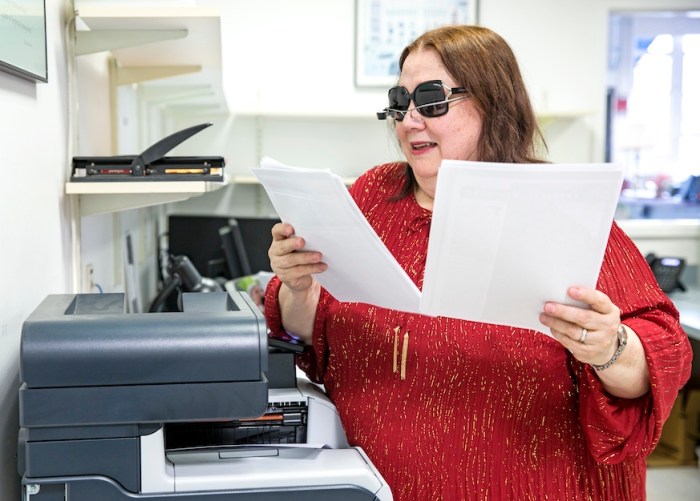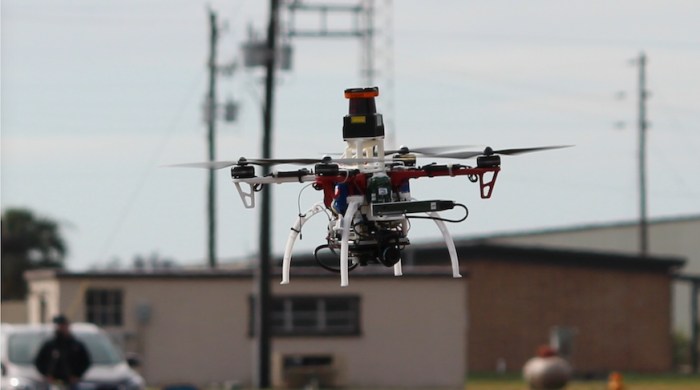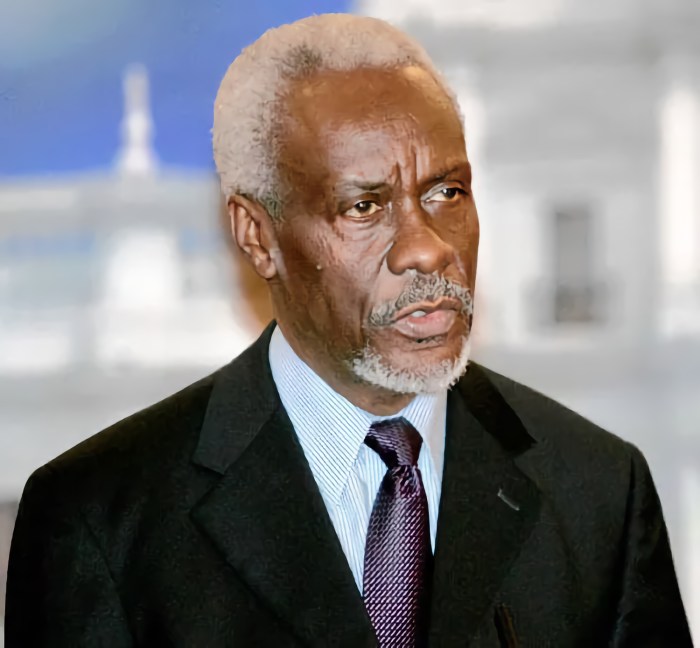Wristband wearables monitor everything from your heart rate to your daily steps – and now your impact on the environment.
The Worldbeing deviceanalyzesyour everyday habits to illustrate your daily energy use.
The wristband and smartphone app combo tracks your carbon footprint on your activities, including what you’re purchasing, and their location – to encourage users to buy from more eco-friendly stores. The gadget plugs all the data into an algorithm to estimate how much carbon you’ve produced on any given day. “Once we understand how much carbon our decisions, rituals and habits cause we can make decisions that are not necessarily about being less efficient but being more responsible,” said Benjamin Hubert, founder of London-based design agency Layer, which is behind the device. Metro spoke to Hubert about the eco-friendly wearable.
Q: Why did you decide to create the Worldbeing?
— Technology is increasingly integrated in our lives, and has the ability to makes us better, healthier and more efficient. However, the wearable/app market is focused on the user in a very self-centred manner. We saw an opportunity to use this technology to help users think more outwardly and how there actions impact on the world around them – a wearable for the world is about making the user more responsible and accountable for the world around them. Q: How does Worldbeing work?
— It works through payment and GPS – so everything you buy, in real time, is assimilated by the platform and a carbon amount generated by the ‘Carbon Trust’ carbon calculator designated to it. Some of the inputs have to be manually processed in terms of specifying whether you bought something for yourself or someone else, etc. Q: How exactly can this gadget help users lower their carbon footprint?
— It starts with empowering the user with information. Once we understand how much carbon our decisions, rituals and habits cause we can make decisions that are not necessarily about being less efficient but being more responsible. For example, if you fly around the world for your career, it is not about flying less – but perhaps that person could eat less red meat. It is about making changes where you can set against your own personal benchmark generated by the app. Q: Does the device also account for its own carbon footprint it generates?
— This is under development at present; however, the decisions we have made in the hardware actively reduce its carbon footprint in production and use. It is charged via two direct-charging contacts – 60% more efficient than induction charging. The strap is made from recycled e-waste from other electronic products. The screen is a coloured e-ink display that only draws power when it changes, versus an LCD that’s always drawing power. Q: What does the future hold for your wearable?
The future is bright – we have had a huge amount of interest in taking it forward. Our prevision to launch is under development – we hope to a version of the product on the market in the next year.
‘Worldbeing’ wearable device tracks your impact on the environment
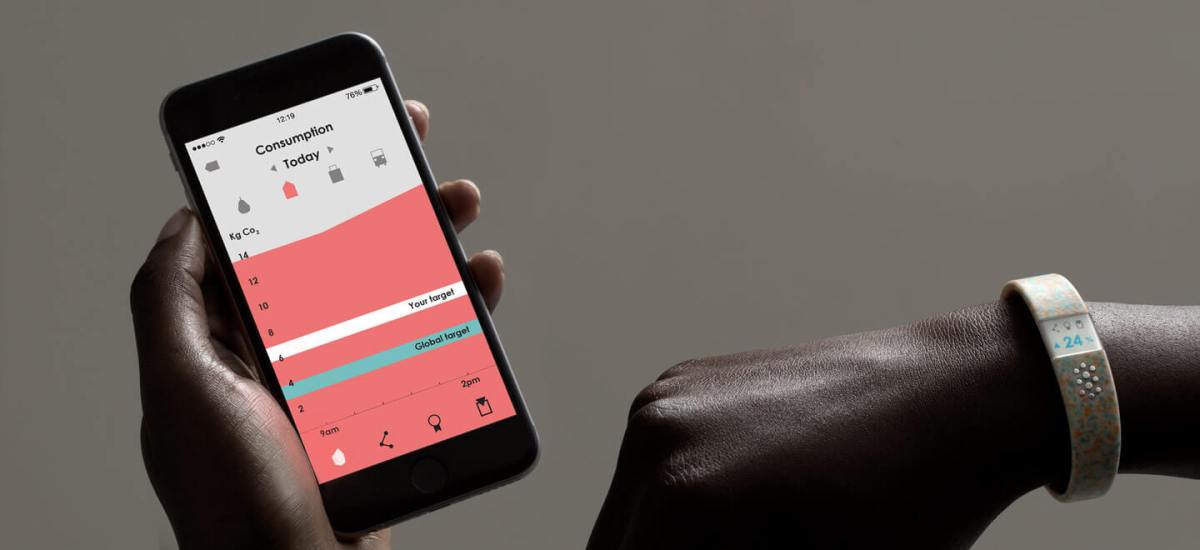
Provided.

















